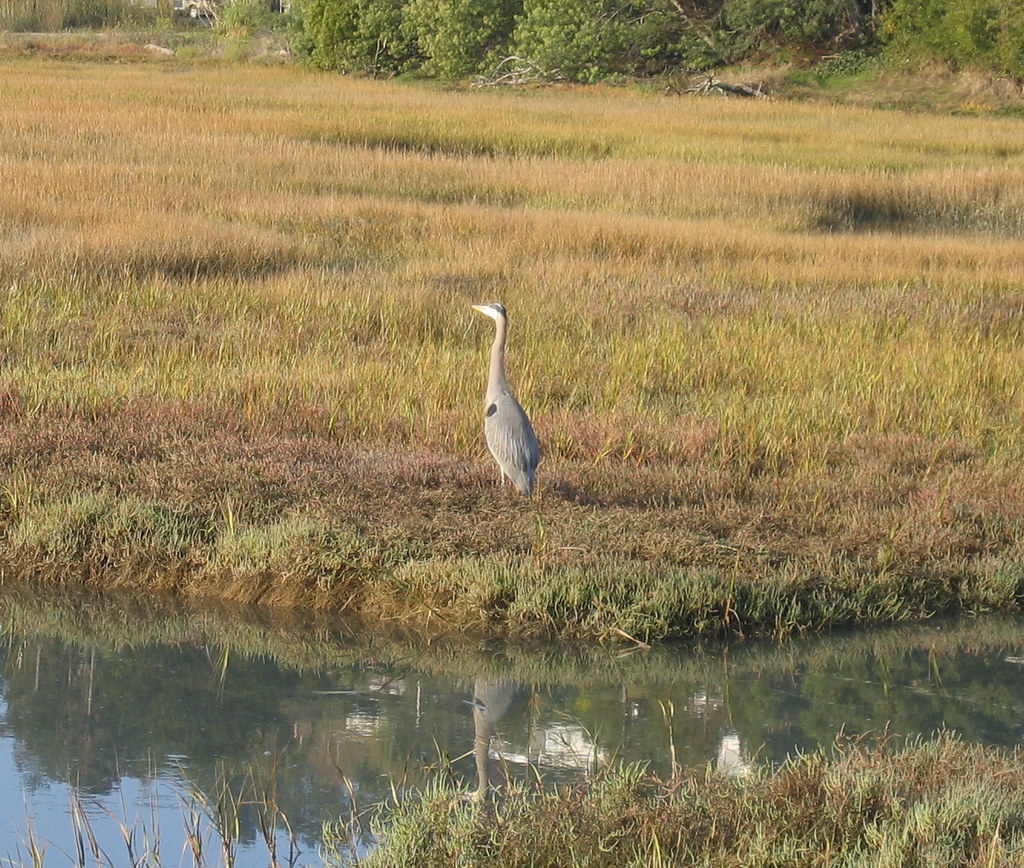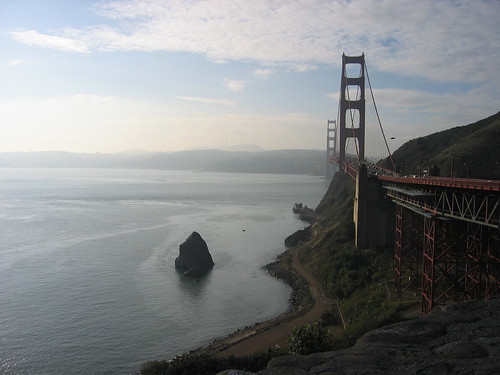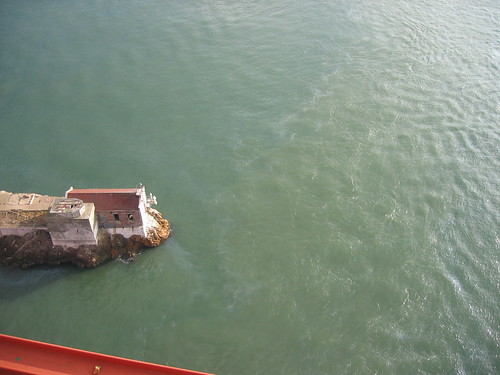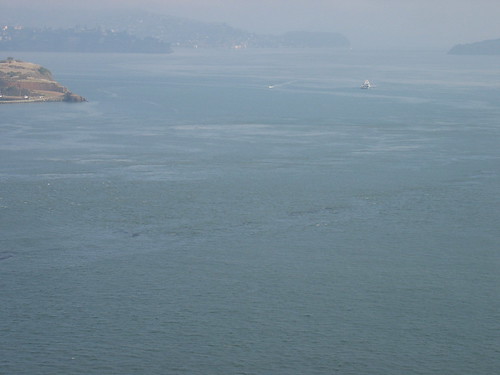 It was a bit tough to get up this morning at 5:15, but at least there was no rain. Today I would do my favorite local route, Sunrise Over San Quentin.
It was a bit tough to get up this morning at 5:15, but at least there was no rain. Today I would do my favorite local route, Sunrise Over San Quentin.Here are some of the things I saw and heard on my way.
--Bright stars overlooking the city--refreshing after a week of rain;
--Four lanes of morning traffic coming swiftly into the City as I cross the Golden Gate Bridge;
--The San Francisco skyline from a break in the trees as I descended into Sausalito;
--Frost on the wooden bridges reflecting the light from my super strong bike lamp; water rushing underneath the bridges, filling up the tidal marshes;
--Birds calling in the dark and a few wet-looking ducks hidden in the grasses;
--My bike computer reading 8:21 for my split up El Camino Alto hill--not bad considering the added weight from my bike lamp + heavy battery. I measure my split every time I go up this hill to gauge my conditioning and motivation! I haven't broken 7 minutes yet.
--The sun rising as I rounded the first big corner on Paradise and pink morning light reflecting off of the white walls of San Quentin;
--An older man on a mountain bike who decided to pick up the pace as soon as I passed him, making me work a little to keep my lead;

--Flocks of ducks and isolated white egrets motionless, looking very cold in the water;
--Canada geese stopped on their way south, looking quite content as they searched for food;
--A screech and then loud "Thump!" which turned out to be a car smashing into the rear of a garbage truck that was double-parked;
--The City skyline again but now in full light;
--A guy getting frisked by two undercover cops in the Golden Gate Park, which was a discouraging sight;
--The last few hills to my home. I told myself I'd have to use a harder gear on the first and then could granny it for the rest (which still brought my heartrate above 170)!
My BG's behaved better today as well. Here's the data:
- 5:34 AM 235, ate banana, 1.5 U Humalog
- 5:45 AM start riding
- 6:23 AM 245, no correction, no additional food
- 7:40 AM 136 (yay!), 20 g carbs (raisins), no bolus
- 8:23 AM 195, feeling hungry, thought I was low
- 9:10 AM finish ride
- 9:28 AM 226, 10 g carbs (raisins), 2.3 U (correction bolus + insulin for raisins)
- 10:00 AM 258
My guess when I tested at 136 was that I was dropping, which is why I ate. I think I was actually pretty stable or just dropping very slowly, so either should have taken a little insulin for the raisins, or just held off. Again, a continuous glucose meter is very handy for these sorts of situations. I would have been able to tell that my BG was more or less stable at 136 instead of having to guess. I wonder what the temperature range on the CGM's is.




















